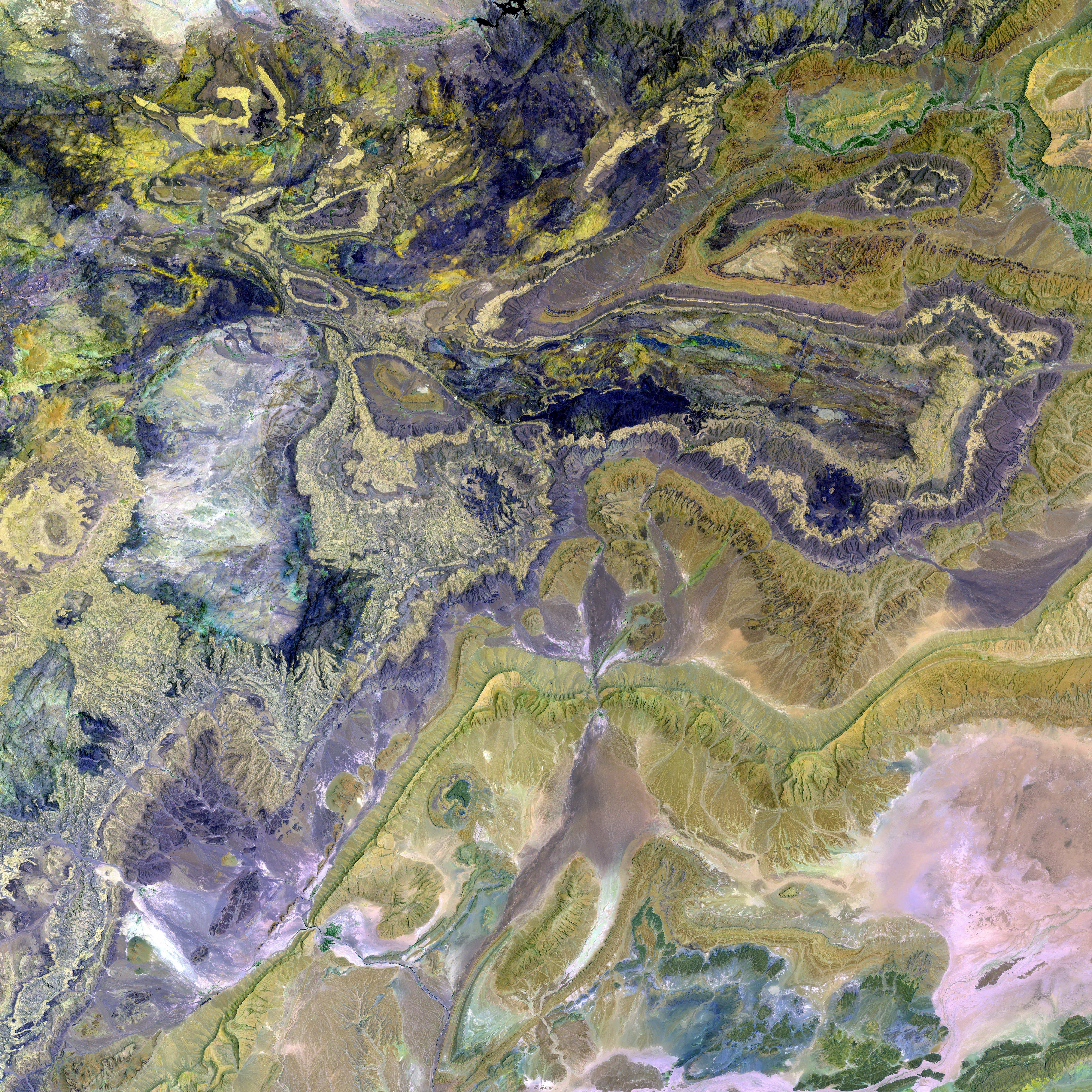Glacier's fracture: Unraveling the cause and anticipating further splits among ice masses.
Tragedy in the Swiss Alps: Village Buried by Glacier Collapse
Blatten, Switzerland - A Swiss village, Blatten, has been engulfed following a glacier collapse, leaving the community reeling. The incident occurred at the Kleine Nesthorn mountain, an area monitored for decades due to its instability.
The catastrophe was timely yet devastating. Jens Turowski, a geologist from the GFZ Helmholtz Centre for Geoscience in Potsdam, explained, "The area had been under observation for 30 years, and it was known to be potentially unstable."
Last week, large rock masses, measuring up to three meters, shifted rapidly within a span of one to two days at the Kleine Nesthorn mountain. These movements resulted in the fall of an enormous volume of rock—approximately three million cubic meters—onto the Birch glacier in stages. The accumulated weight amounted to an astounding nine million tons.
As the weight increased, the ice within the glacier was compressed, bulging at its snout. Turowski likened the process to a soft block of butter lying on an incline, where pressure at the top causes bulging at the bottom.
On Wednesday, a portion of the glacier fractured and slid onto the village, having been buried beneath most of the rock.
The specific triggers for the rockslide are not yet clear, but they are likely the result of a long-term process. Turowski explained, "These events often happen over decades, centuries, or even millennia. Initial processes include weathering and cracks in the rock."
Two potential triggers for the disaster are the melting of permafrost and the entry of meltwater from snow into the rock. Warm temperatures cause permafrost to melt, reducing its mechanically stable adhesive properties. Meanwhile, pressurized water within pores or cracks in the rock can push it apart. However, the event was likely triggered by a combination of factors rather than a single cause.
While there is ongoing debate about climate change's role in glacier collapses, Turowski emphasized that such occurrences have always taken place and are difficult to prevent. However, certain factors related to climate change may have contributed to the triggers, such as changes in snowfall and melting patterns, as well as glacial retreat due to rising temperatures.
As the frequency of such collapses may increase in high-altitude areas due to climate change, experts are urging preparedness rather than prevention. The situation is complex, and interventions such as digging relief channels or pumping water may not be feasible due to the mass's softness and potential for further landslides. Quick decisions will be necessary as emergency workers race against time to assess the damage and plan a rescue effort.
The catastrophe in Blatten, Switzerland, serves as a reminder of the delicate balance between science, health-and-wellness, and the environment. As Jens Turowski, a geologist, notes, the glacier collapse was a result of decades-long instability, potentially linked to climate change. The incident underscores the importance of monitoring environmental science, particularly in health-and-wellness concerns such as mental health resilience, as communities face the realities of climate change. As Turowski emphasized, it's crucial to focus on preparedness rather than prevention when dealing with such environmental disasters.






